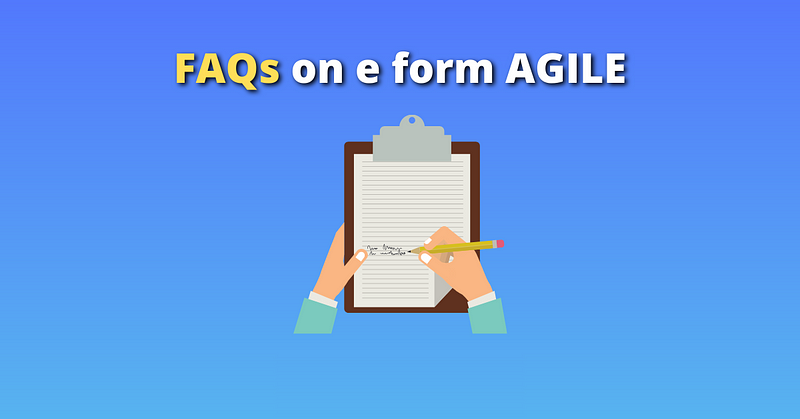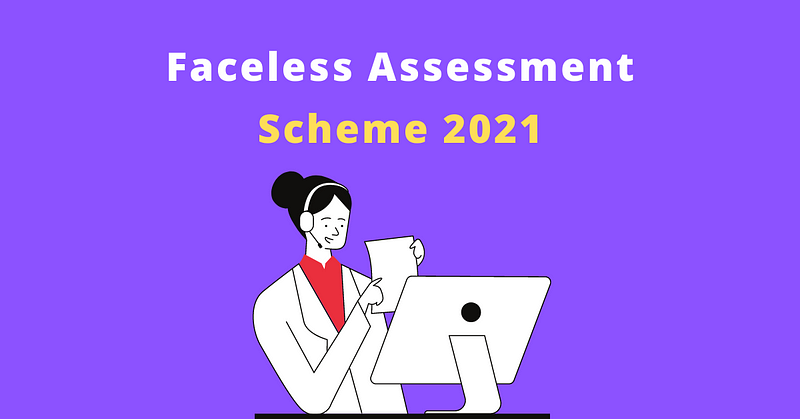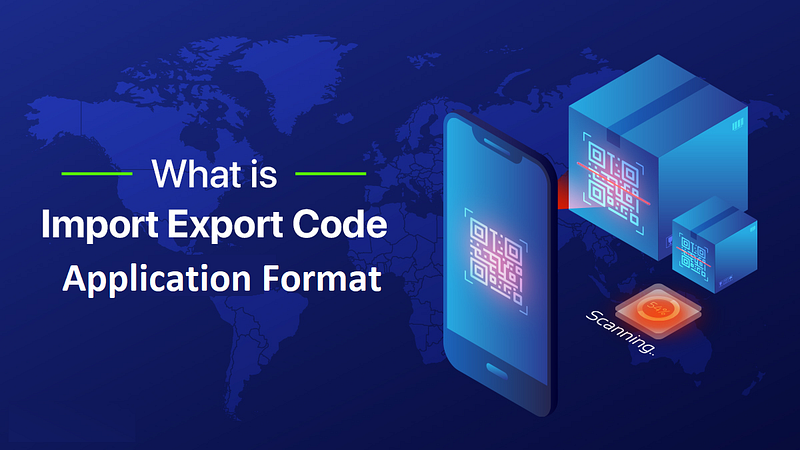
For the vast majority of Indians, starting their own business is a dream. Many people, however, are hesitant to take the risk of starting a small business because they are afraid of the unknown. As a result, they prefer to work the traditional nine-to-five jobs and miss out on excellent opportunities to put their entrepreneurial skills to the test and put their skills to more profitable use.
Why Start alittle Business?
There are several reasons why you ought to consider starting alittle business found out if you’ve got an excellent business idea for your start-up. Every large business house within the world, including India, began as alittle venture. Determination, combined with astute use of abilities and resources, propels small business owners for fulfillment . Here are some reasons why you ought to consider starting a business.
The Indian government now makes it easier and faster for brand spanking new businesses to get . Licenses and to try to to Online Company Registration.
Business is not any longer frowned upon in Indian society. people that own small business found out are even as respected as those that hold steady jobs. The very initiative in starting a Online startup Registration is to make a superb Business Plan.
What is a Business Plan?
A business plan may be a collection of documents and may be a blueprint for any venture.
It is a suggestion for what the business is all about, why this business was chosen, and therefore the goals it hopes to realize . It should include precise details of the varied elements that has got to be considered before starting a replacement business.
A Business Plan’s Essential Elements
A Business Plan is required to get funding from any source. It identifies and addresses several critical business elements. the subsequent elements are going to be found during a good Business Plan.
Mission Statement: These are a couple of sentences that describe what the corporate is all about and what goals it hopes to realize .
Vision Statement: an honest Vision Statement discusses how the corporate intends to realize its goals and make future projections.
Investment: Typically, this section is written by the simplest project writer or financial expert.
It discusses what proportion investment is required within the business and where it’ll come from.
Return on Investment (ROI): it’s a critical component of a Business Plan, crowd-funding platforms, banks, and NBFCs will scrutinize. they’re curious about what proportion money you create from your business. It also shows what proportion money they will expect to form if they lend you the cash . They’ll look to ascertain if the ROI is high enough to hide the cash they’re supplying you with .
Marketing Plan: Every investor are going to be curious about your Marketing Plan. this is often a document outlining how you plan to position your company within the market. The branding strategy, also because the niche market. It also discusses how you plan to draw in customers for the new business. Marketing plans also include information on how you plan to stay customers curious about your company.
Advertising Strategy: When starting your own business, you are doing not got to worry about developing an advertising strategy. Instead, use free tools like Facebook Business, Twitter, Instagram, Linked In, and YouTube to market your company.
Distribution Plan: This section of the Business Plan details how you plan to distribute your company’s products and services to its target customers.
Future Projections: As a business owner, you want to plan the longer term of your company. This
includes details like how you plan to extend market share and profits,brand diversification, and other pertinent information. you’ll also need an expansion plan supported your future projections. This section discusses how you plan to grow your company, like by increasing production or entering new markets.
Leaders in Charge: All investors will want to find out about the people that run the corporate , their roles and responsibilities, and their knowledge of the industry.
After you’ve completed all of those steps, you’ll use your Business Plan, before you begin your own small business, online registration is that the initiative .
For more information Click here





